I can’t really say which cuisine is my favorite
one but Chinese is for sure in my top 3. I love it for the different stir
fries, variety of dumplings and for the one and only Peking Duck. I used to
have it only in restaurants as I thought it was really difficult to prepare.
But then one day I came across a recipe for this dish that seemed really easy, and
gave it a try. It was really very good. But then, I read a bit more about Peking
Duck preparation and adjusted the recipe accordingly. And although I am sure
Chinese restaurants have their special tricks to prepare it, the duck cooked as
per the instructions below is really easy to make and tastes like it came straight from a very
good Chinese restaurant.
I do make Peking duck just for 4 of us but it
is also a great dish to serve (with other Chinese starters) to a group of
people: everything can be prepared in advance, the duck will be ready exactly
when you want it to be and it takes only minutes (or seconds, if you use a microwave)
to steam the pancakes just before serving. And it is fun for the guests to roll their own
pancakes.
P.S. If you have a vegetarian among your guests,
cut tofu into 2-3cm cubes, mix with some teriyaki sauce and marinate for at
least 30 minutes. Then put to the oven with the duck for the last 20-30
minutes. My vegetarian daughter says it tastes almost as good as the real thing
with all the trimmings and most importantly – it allows a vegetarian to
participate in the special way of eating this meal.
INGREDIENTS (for 4 portions, or 6-8, if served
with other dishes):
1 duck,
1 tbsp honey,
75ml warm water,
1-2 cucumbers cut into long, thin sticks,
1-2 bunches of spring onions, sliced into
strips,
Hoisin sauce,
METHOD:
- Remove any feathers that are left and cut off the excess fat from the duck.
- Boil a kettle of water.
- Put the duck to a big bowl and pour boiling water over it (if necessary, turn the duck so the water can be poured all over it), keep in the hot water for 2-3 minutes, and then pat dry it completely with paper towels.
- Mix the honey with warm water and coat the duck’s skin in it (using a brush).
- Put the duck into a bowl and keep in a fridge for at least 4 hours or overnight. The duck should stay dry so use a bowl in which it can “stand”.
- Heat an oven to 170 Celsius degrees (150 for fan ovens).
- Put the duck (breasts up) on a roasting rack placed over a roasting tin and roast for 4 hours.
- Increase the temperature to 220 Celsius degrees (200 fan ovens) and roast for 30 minutes more.
- Carve/shred the duck’s meat including the crispy skin into small pieces and transfer onto a serving dish.
- Put separately on serving plates the cucumber, spring onions, hoi sin sauce and warmed up (steamed or microwaved) pancakes. If you microwave them, cover the plate with pancakes with cling film and microwave for approx. 30-40 seconds on Medium.
- When the meal is served, everybody helps themselves to a pancake, spreads a bit of Hoisin sauce on it, puts the pieces of cucumber, spring onions, duck and optionally a bit more sauce and rolls the pancake.



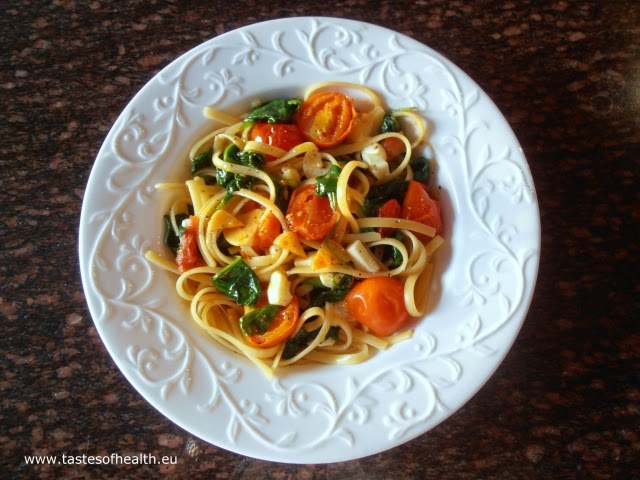

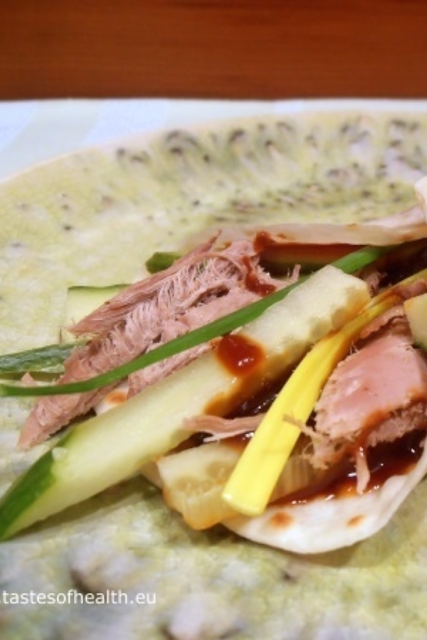

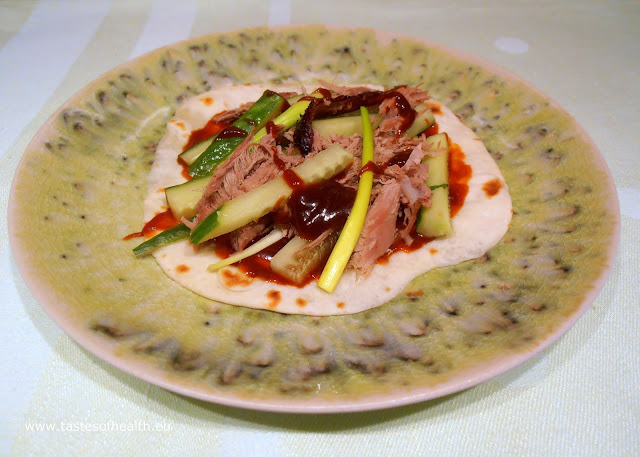
![Pistachio Cookies [gluten free] pistachio, cookies, cookie, biscuits, biscuit, pistachio cookies, Italian](https://4.bp.blogspot.com/-czFoo0Ija_M/V0a6f6VfGBI/AAAAAAAABHE/yE6RJtKMSCozoRbJQmT88_Pkf94fkc_BACLcB/s640/Pistachio%2BCookies%2B%255Bgluten%2Bfree%255D%2B1%2BPIN.png)
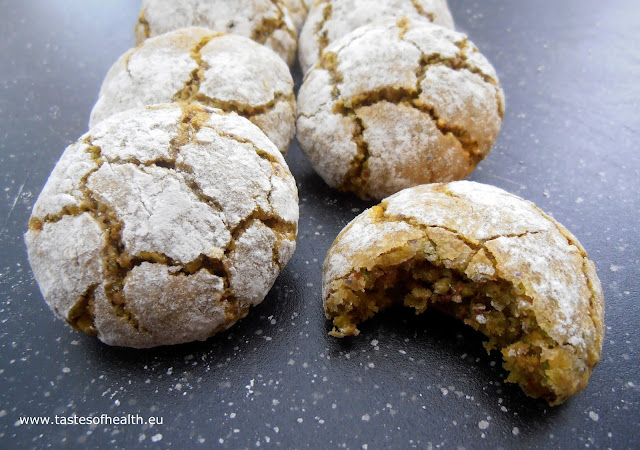
![New Year's Resolutions - how to set goals [and stick to them for life]? workout plans, fitness, losing weight, diet, healthy eating, change for life, goal, new year’s resolutions,](https://1.bp.blogspot.com/-2sV5rirIDFk/V0a_7dELeII/AAAAAAAABHU/19Ili3yumOIKt2pdkvfPxKPkHVo1not-wCLcB/s640/New%2BYear%2527s%2BResolutions%2B-%2Bhow%2Bto%2Bset%2Bgoals%2Band%2Bstick%2Bto%2Bthem%2Bfor%2Blife%2BPIN.png)
![Roasted Tomato Soup [vegan] tomato soup, roasted tomato soup, tomato, recipe, recipes, healthy](https://1.bp.blogspot.com/-dCW6h7II_mw/V0bCWjAks3I/AAAAAAAABHg/Uoljijl2TX0U-CG_eL3O2_M2LKRr-KqbQCLcB/s640/Roasted%2BTomato%2BSoup%2B2%2BPIN.png)
![Roasted Tomato Soup [vegan] tomato soup, roasted tomato soup, tomato, recipe, recipes, healthy](https://3.bp.blogspot.com/-tW3Bai0eD0w/Vpj-UlQi_iI/AAAAAAAAA7Q/CQH1iGIEy28/s640/tomato%2Bsoup%2B1.jpg)
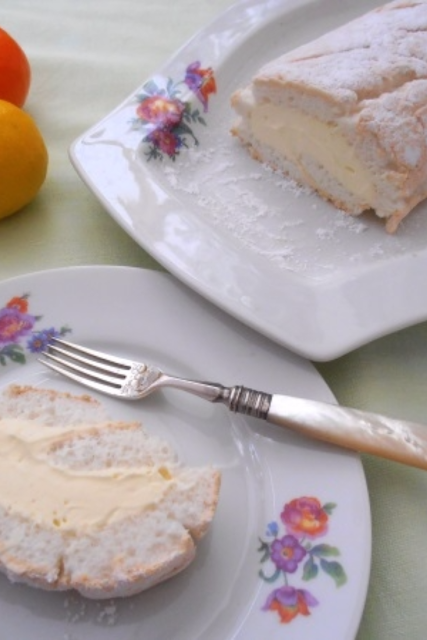

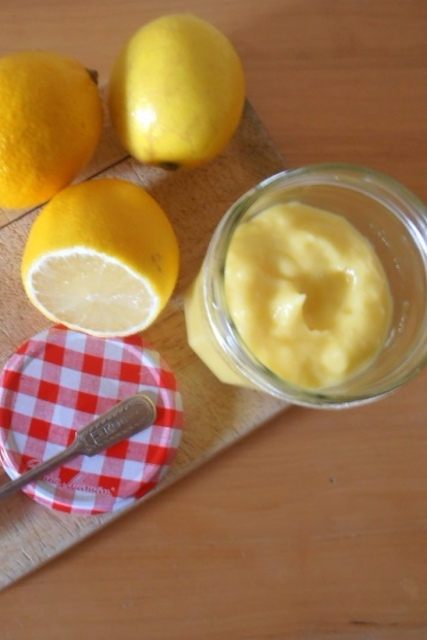

![Cauliflower Soup with Pear and Gorgonzola [vegetarian] soup, cauliflower, cauliflower soup, pear, gorgonzola](https://3.bp.blogspot.com/-fhc1ZwY_zAw/V0bwshrekVI/AAAAAAAABIc/BVHS25uRX1Y1t1W9t-gQZ2l1EGrQgUkIACLcB/s640/Cauliflower%2BSoup%2Bwith%2BPear%2Band%2BGorgonzola%2B2%2BPIN.png)
![Cauliflower Soup with Pear and Gorgonzola [vegetarian] soup, cauliflower, cauliflower soup, pear, gorgonzola](https://4.bp.blogspot.com/-vy7O44p-MvA/V0bwrqxv8FI/AAAAAAAABIY/KoC4YVSjgSI8WOGceEacssvLQTBYHKflgCKgB/s640/Cauliflower%2BSoup%2Bwith%2BPear%2Band%2BGorgonzola%2B1%2BOPTIMISED.jpg)
